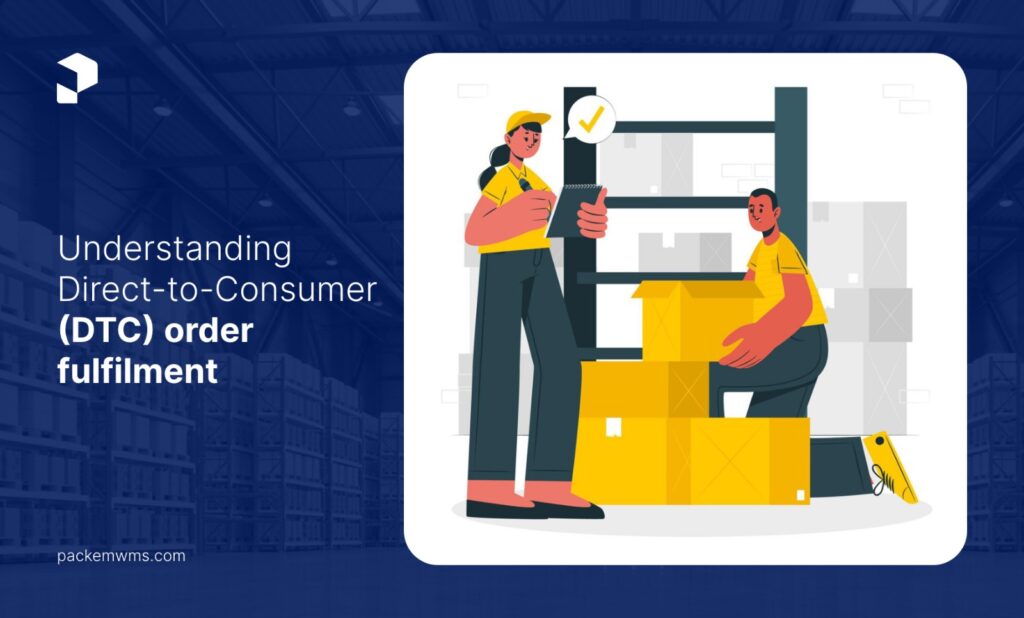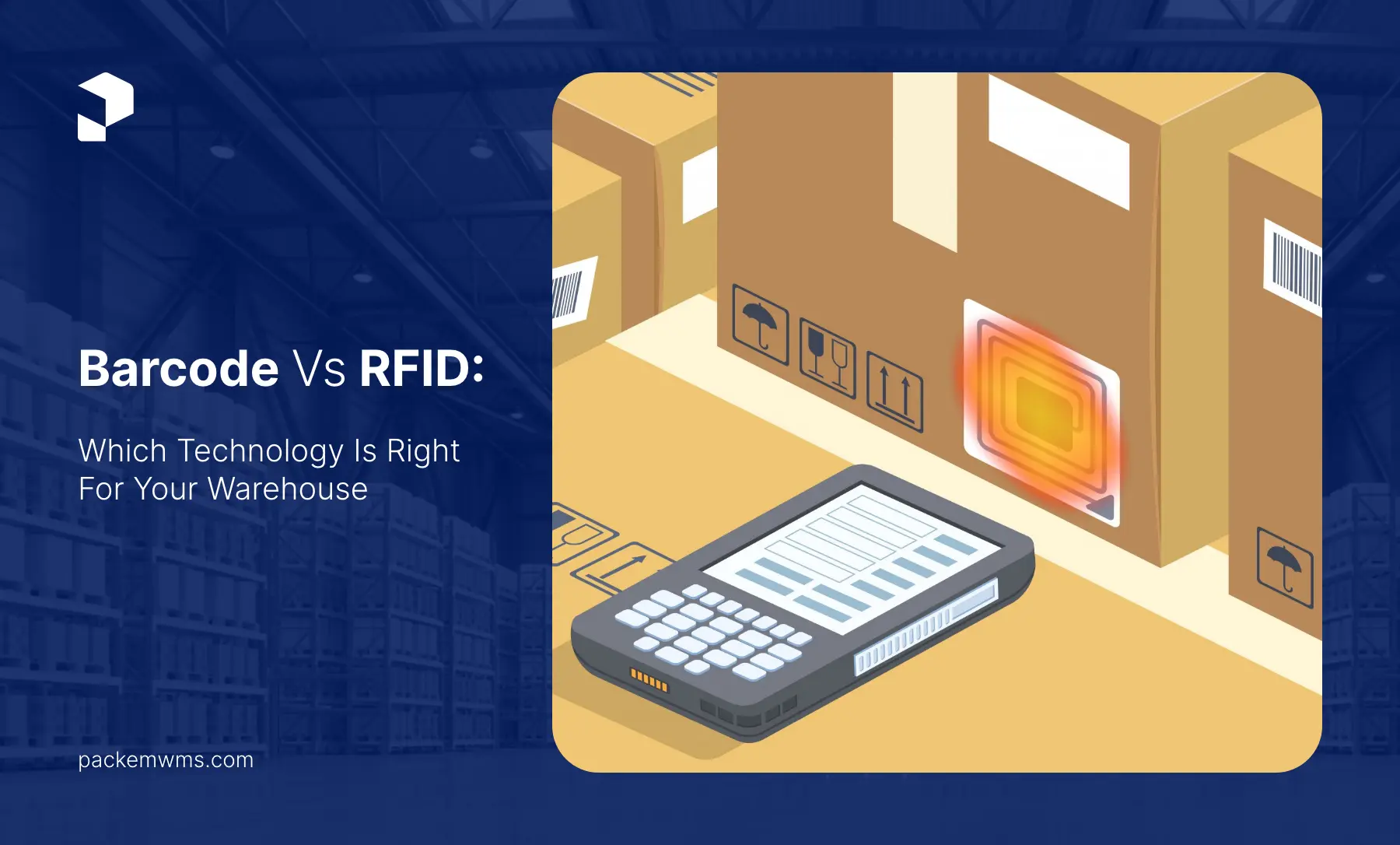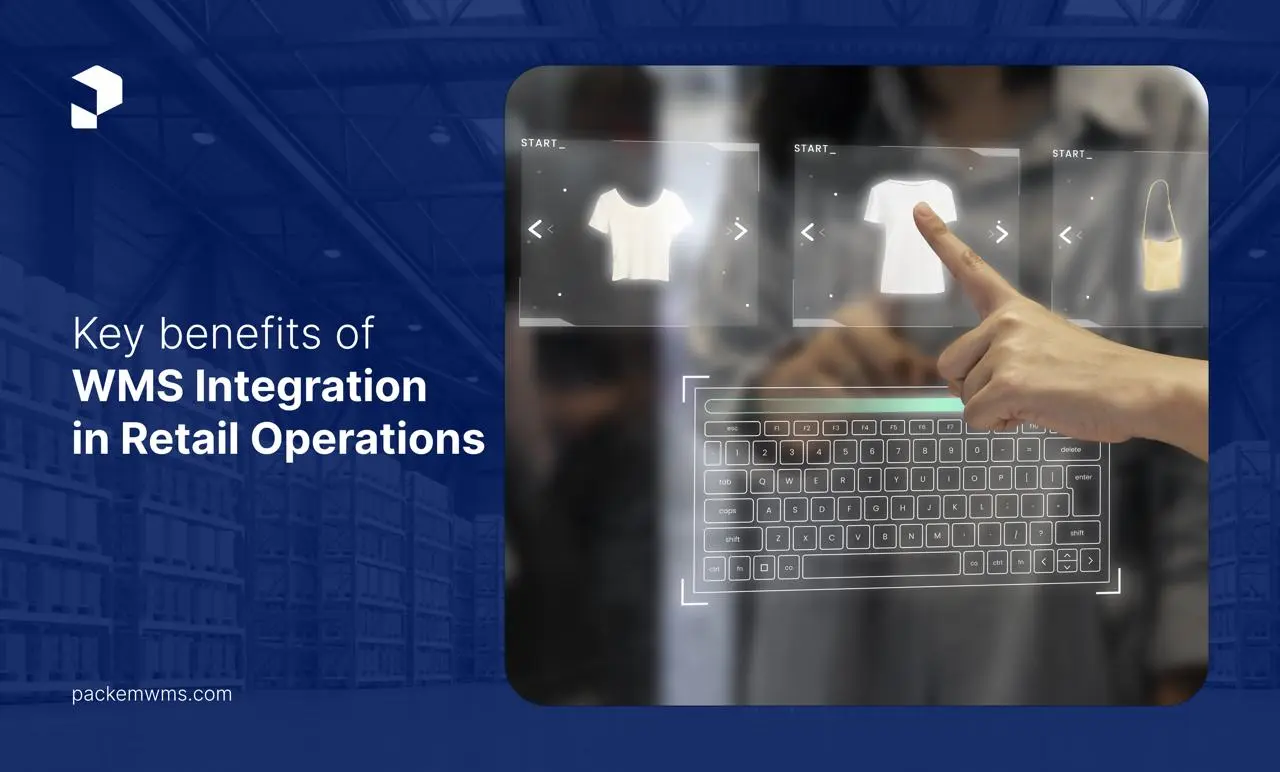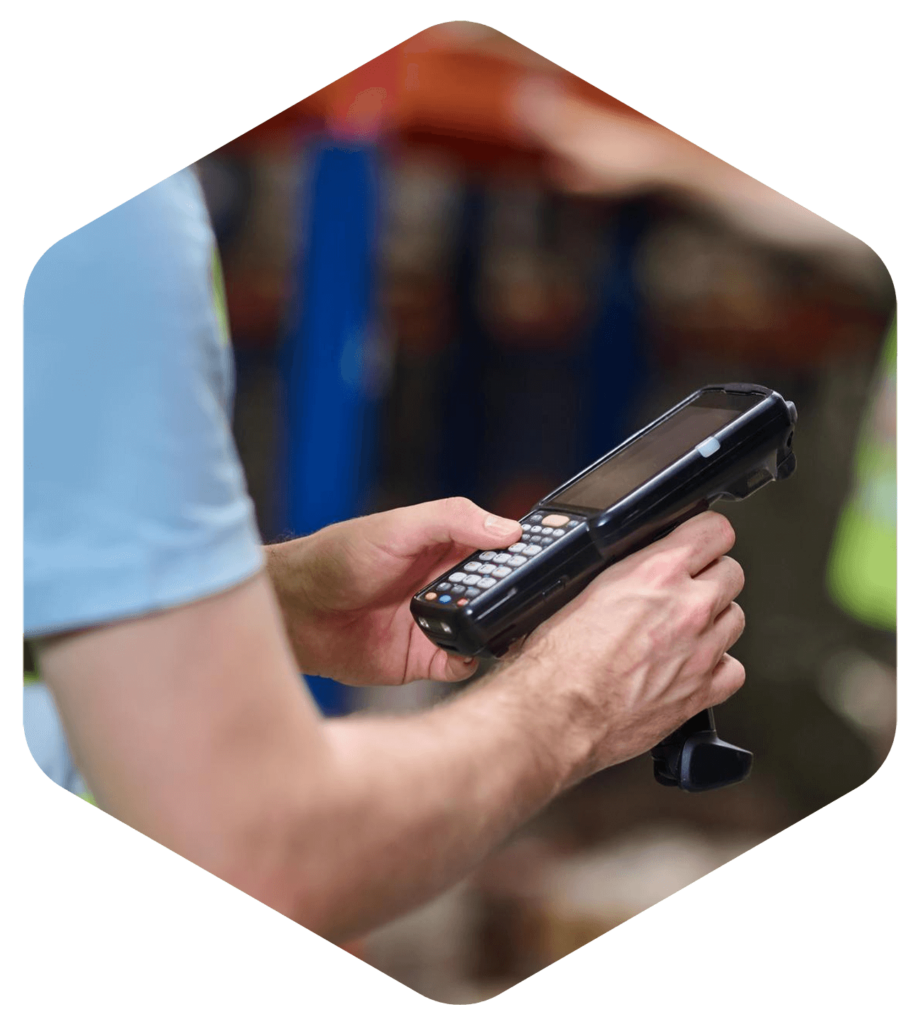By all means, companies have to optimize the supply chain to be quick, efficient, and at the same time be scalable in consideration of the volatile consumer trends and demand lying ahead.
The paper elaborates on these mentioned core areas, with the main objective of maximizing the efficiency of DTC order fulfillment, from the understanding of the nuances of DTC fulfillment and growth and benefit to operational hurdles the company faces.
Further, it will dive into the technology solutions within Warehouse Management Systems and Inventory Management Software, which are deemed critical to operational streamlining. Moreover, the paper further discusses the strategic value of outsourcing to third-party logistics providers to enhance supply chain flexibility, and by discussing the fact of how effective customer service can bolster customer engagement and retention.
The following areas of concentration will help brands focus and align the best strategies for consumer expectations, leading to DTC e-commerce best-in-class performance in a highly competitive online sales landscape.
Understanding Direct-To-Consumer (DTC) Fulfillment
- Key Differences Between DTC and Traditional Fulfillment Models
- Order Volume and Packaging: Traditionally, B2B models have received huge, homogeneous shipments destined for one client. A DTC fulfillment model, in comparison, deals with many small individual orders. Such a model makes handling numerous small orders—a unique pick for each unit—and each unit needs its own packaging and shipping label, making it labor-intensive.
- Technology: Traditional WMS are often more than enough for B2B business that focuses exclusively on internal warehouse processes. A DTC model requires a more robust fulfillment execution system to handle the multiple different external platforms—marketplaces for downloading orders, shipping companies with respect to logistics integration, and customer relationship management systems to handle service queries.
- Customer Engagement: All direct-to-customer models use very high engagement with their customers as a form of data collection that can be critical about what marketing strategies work and about developing brand loyalty. Such engagements do not exist in the traditional retail model, where the brand-customer relationship is passed down through third-party retailers.
Operational Considerations in DTC Fulfillment
- Shipping and Handling: DTC fulfillment should optimize shipping logistics to ensure shipments reach their destination on time and, in the most financially economical way, integrated with multiple shipping carriers to get the best rates possible.
- Customer Service: A dependable customer service framework is very essential since most often the DTC models result in a higher rate of interaction with customers for order inquiries, returns, and feedback.
Growth and Challenges
This is increasingly favored with DTC models, especially during the global pandemic, turning out, and the consumer of today having immense preference to buy directly from the brands.
While it has been a driver, the issues around growth are seen in scaling-up technology infrastructure, managing increased operational costs, and ensuring customer satisfaction through each step of the fulfillment process.
Understanding the above aspects of DTC fulfillment helps a business strategize better to meet the demands of the consumer through technology while being operationally efficient and, what is more, essentially to improve competitiveness in the market.

Growth And Benefits Of DTC Fulfillment
Increased Customer Engagement
DTC fulfillment raises customer engagement to an amazing level, as it gives a very platform for the brands to interact with consumers personally. Important feedbacks come out of the engagement that further also creates a firm hold of the personal experience that breeds strong brand loyalty.
As it is only the brands that govern the entire cycle of a customer experience—right from the order placed to its delivery—they have the control to implement the optimal picking and packing, fast and reliable shipping times that, in turn, increase transparency through real-time shipment tracking.
These factors will increase the trust of a relationship, further leading to stronger brand advocacy and an increase in repeat business.
Higher Profit Margins
This is facilitated by eliminating all the middlemen in the DTC model and enabling the business to have accurate control of pricing, hence being in a better position to have very high margins of profit.
This aspect is quite helpful for an online store owner whose financial performance will have room for enhanced gains to be reinvested back into growth initiatives.
The in-house nature of keeping the supply chain reduces the costs normally added through traditional retail markups and enhances flexibility in changing strategies regarding pricing to boost bottom-line profits.
In addition, it makes it easier to deal with returns and shortens the costs even more to boost the financial health of the business.
PackEM can help you:
- Provide transparent cost breakdowns to help you determine optimal pricing strategies.
- Offer efficient returns processing solutions to minimize associated costs.
Experience the simplest inventory management software.
Are you ready to transform how your business does inventory?
Enhanced Control Over Brand and Customer Experience
DTC fulfillment gives the company total control of how branding and packaging are done, ensuring that a unique and memorable customer experience resonates with the brand. These include all aspects of the customer experience from product presentation, delivery, and the after-purchase service.
The opportunity to obtain feedback is of great importance in the fast implementation of new product improvement and services, allowing adjustment of the shopping experience in respect of needs and preferences.
The level of control and responsiveness leads not only to a higher level of customer satisfaction but also to better overall brand positioning in the market.
PackEM can help you:
- Cost Efficiency: Most of the expenditures in warehousing, equipment, and staffing can generally be reduced when you outsource a third-party logistics provider. The savings in the economies of scale usually make such service providers much cheaper and therefore favorable to DTC brands looking at cutting costs.
- Improved Scalability: Being in a position to manage the changes in order volume and operational demands, 3PLs offer a flexible way for DTC businesses to scale their operations. This flexibility can be key in times of expansion during peak seasons or due to unexpected demand growth without the commitment to invest in infrastructure on a permanent basis.
- Knowledgeable Expertise: 3PL is a field expert in logistics categories and possesses great experience in making complex supply chain work, which obviously results in minor mistakes, increased order accuracy, and, in general, enhanced customer satisfaction.
- Improved Delivery Speeds: With a 3PL boasting of numerous warehouses situated in different strategic places, the processing and delivering of orders are expedited, leading to improved customer experience in terms of speedy delivery.
- Technological Advantages: When one seeks to partner with a 3PL, you can avail yourself of advanced logistics technology, real-time tracking, inventory management systems and others, without making an enormous upfront infrastructure.
- Review Technological Compatibility: Choose a 3PL partner whose technology easily works with the platforms you use daily, probably ERP, order management, or an online store system. This way, it should be possible for you to share information at any time, thereby ensuring business operations run smoothly without any hitches.
- Scalability and Flexibility: Consider partnering with a company that can scale its operations up or down to fit your ever-changing needs. That way, they can handle varying order volumes while, at the same time, maintaining exemplary service.
- Comprehensive Service Offerings: When looking for a third-party logistics provider, make sure it offers the full suite of services that includes your inventory, orders, shipments, and a great way of handling returns. With a 3PL partner with that kind of ability in place, it can really assure the simplification of your business processes, and you are free from the headaches that arise when dealing with different logistics partners for various things.
- Geographic Reach: Choose one with a strong network in the areas in which most of your customers are based. This way, products reach your customers faster, an excellent way to bring happiness to them.
- Good Customer Service: If nothing else, customer service should come out as the most important thing in a company. Clear communication and reliable support should never be underestimated from the third-party supply chain provider, especially when you are getting into the thick of it—logistics—or addressing customer inquiries about their orders.
Conclusion
This detailed research on DTC order fulfillment has led us to various strategies and solutions that need to be implemented for any brand undergoing this business model.
From the basic understanding of DTC fulfillment and its complex logistics to technology and, finally, strategic outsourcing to third-party logistics providers, the means toward optimization of DTC operations feature many facets, all of cardinal importance to composing a sturdy, efficient, and customer-focused fulfillment process, something that could enhance competitiveness in the brand in the digital market.
If one refers to the growing complexity of DTC order fulfillment, the integration of advanced technological solutions and cooperation with experienced logistics providers may seem to be not just advantageous but absolutely necessary from the viewpoint of scaling operations and corresponding to consumer expectations.
This will allow brands to sustain the DTC model and keep in line with the ongoing evolution in the e-commerce environment. If the digital market decreases and increases, below insights and strategies will be guiding principles for the striving brands to excel in DTC fulfillment, thanks to continuous improvement and strategic innovation.
FAQ's
Important criteria include reliability, scalability, technology capabilities, geographic coverage, experience in your industry, pricing structure, customer service quality, and compatibility with your business values and objectives.
- Design and implement custom packaging solutions that reflect your brand identity.
- Offer flexible fulfillment options to cater to diverse customer needs and preferences.
- Integrate customer feedback mechanisms to gather valuable insights and continuously improve your offerings.




